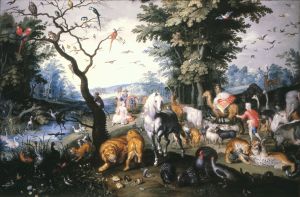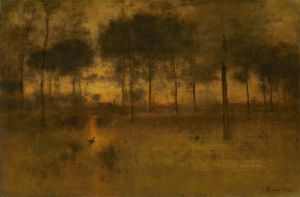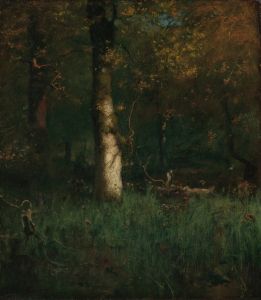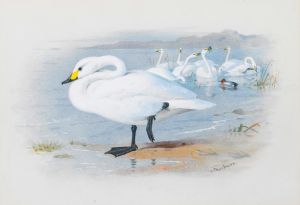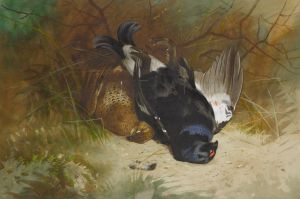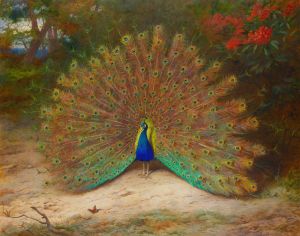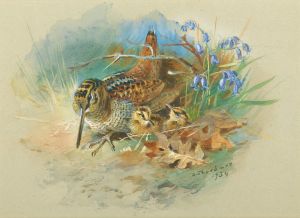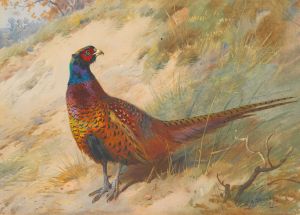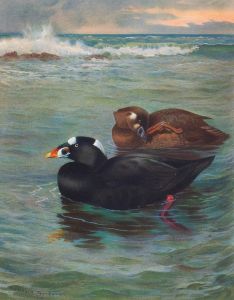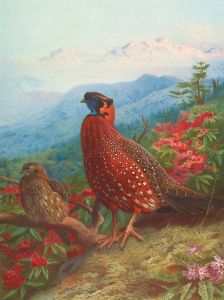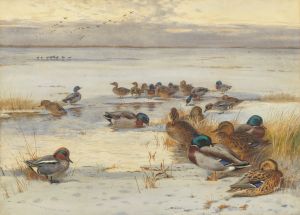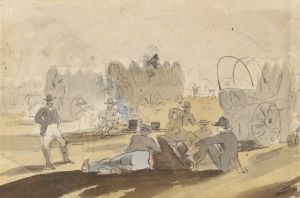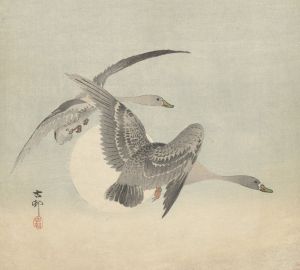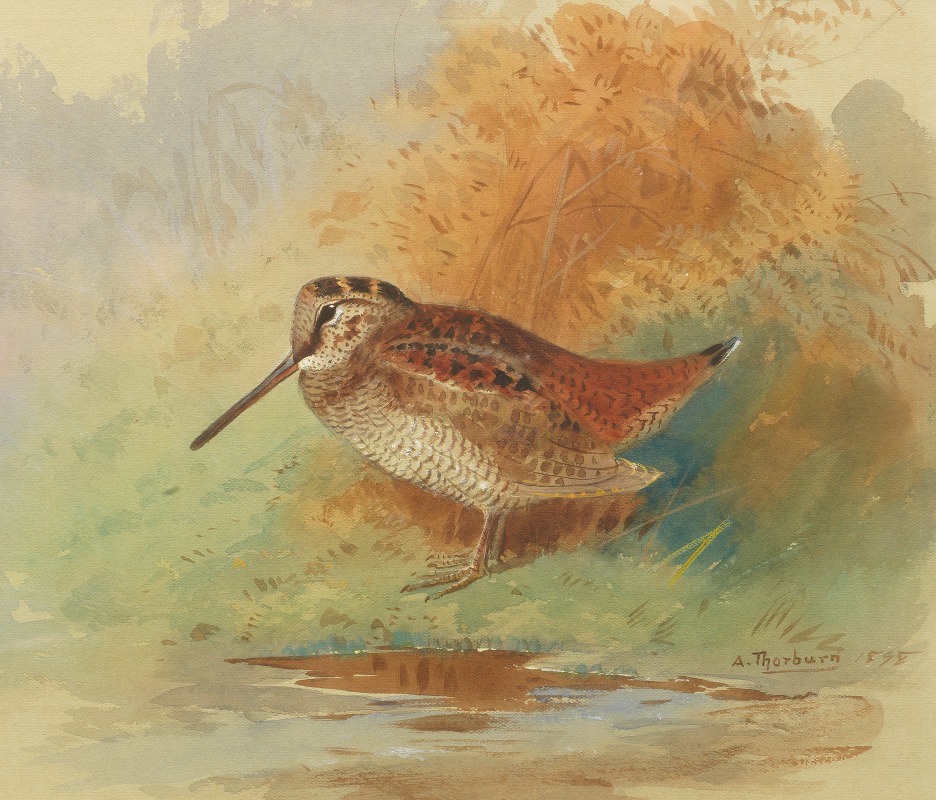
Woodcock at water’s edge
A hand-painted replica of Archibald Thorburn’s masterpiece Woodcock at water’s edge, meticulously crafted by professional artists to capture the true essence of the original. Each piece is created with museum-quality canvas and rare mineral pigments, carefully painted by experienced artists with delicate brushstrokes and rich, layered colors to perfectly recreate the texture of the original artwork. Unlike machine-printed reproductions, this hand-painted version brings the painting to life, infused with the artist’s emotions and skill in every stroke. Whether for personal collection or home decoration, it instantly elevates the artistic atmosphere of any space.
Archibald Thorburn was a renowned Scottish artist and bird illustrator, celebrated for his detailed and lifelike depictions of wildlife, particularly birds. Born on May 31, 1860, in Lasswade, Midlothian, Scotland, Thorburn developed an early interest in art and nature, which he pursued throughout his life. He became one of the most respected wildlife artists of his time, known for his ability to capture the essence and beauty of birds in their natural habitats.
"Woodcock at Water’s Edge" is one of Thorburn's notable works, showcasing his exceptional skill in portraying birds with accuracy and vitality. The painting features a woodcock, a bird known for its elusive nature and distinctive appearance, positioned at the edge of a body of water. Thorburn's attention to detail is evident in the meticulous rendering of the bird's plumage, the surrounding vegetation, and the reflective quality of the water. His use of color and light brings the scene to life, creating a sense of realism and immediacy that draws viewers into the natural world he so admired.
Thorburn's work is characterized by his field observations and sketches, which he often conducted in the Scottish Highlands and other rural areas. He had a deep understanding of his subjects, which allowed him to depict them with both scientific accuracy and artistic flair. His paintings are not only admired for their aesthetic qualities but also valued for their contribution to ornithology and natural history.
"Woodcock at Water’s Edge" exemplifies Thorburn's ability to blend art and science, capturing the intricate details of the woodcock's feathers and the subtle interplay of light and shadow in the environment. The composition is carefully balanced, with the bird positioned in a way that highlights its unique features while also integrating it harmoniously into the landscape. Thorburn's use of watercolor, a medium he favored for its versatility and ability to convey delicate nuances, adds to the painting's overall effect.
Throughout his career, Thorburn produced numerous illustrations for books and publications, contributing to the popularization of birdwatching and the appreciation of wildlife. His works were featured in several important ornithological volumes, including "British Birds" by Lord Lilford and "Thorburn's Birds" by James Fisher. His legacy continues to influence wildlife artists and enthusiasts, and his paintings remain highly sought after by collectors and institutions.
Archibald Thorburn passed away on October 9, 1935, leaving behind a rich body of work that continues to inspire and educate. "Woodcock at Water’s Edge" stands as a testament to his passion for nature and his exceptional talent as an artist. His ability to capture the spirit of the natural world with such precision and beauty ensures his place as one of the foremost wildlife artists of the late 19th and early 20th centuries.





